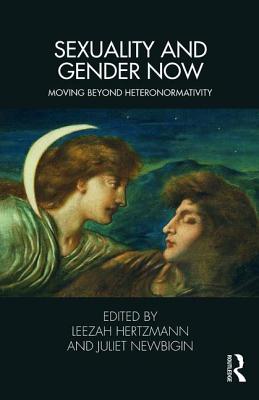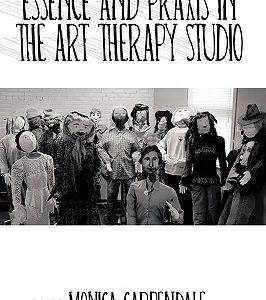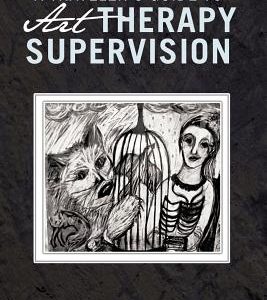Sexuality and Gender Now: Moving Beyond Heteronormativity
$35.96
Description
Sexuality and Gender Now uses a psychoanalytic approach to arrive at a more informed view of the experience and relationships of those whose sexuality and gender may not align with the heterosexual ‘norm’. This book confronts the heteronormative bias dominant in psychoanalysis, using a combination of theoretical and clinical material, offering an important training tool as well as being relevant for practicing clinicians.
The contributors address the shift clinicians must make not only to support their patients in a more informed and non-prejudicial way, but also to recognise their own need for support in developing their clinical thinking. They challenge assumptions, deconstruct theoretical ideas, extend psychoanalytic concepts and, importantly, show how clinicians can attend to their pre-conscious assumptions. They also explore the issue of erotic transference and countertransference which, if unaddressed, can limit the possibilities for supporting patients more fully to explore their sexuality and gender. Theories of psychosexuality have tended to become split off from the main field of psychoanalytic thought and practice or read from an assumed moral high ground of heteronormativity. The book specifically addresses this bias and introduces new ways of using psychoanalytic ideas. The contributors advocate a wider and more flexible attitude to sexuality in general which can illuminate an understanding of all sexualities, including heterosexuality.
Sexuality and Gender Now will be essential reading for professionals and students of psychoanalysis who want to broaden their understanding of sexuality and gender in their clinical practice beyond heteronormative assumptions.
Editor: Hertzmann, Leezah, Editor: Newbigin, Juliet
Topic: Psychology
Media: Book
ISBN: 1782205292
Language: English
Pages: 376















Reviews
There are no reviews yet.